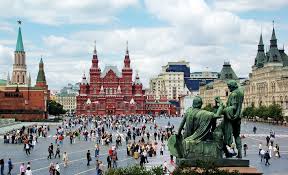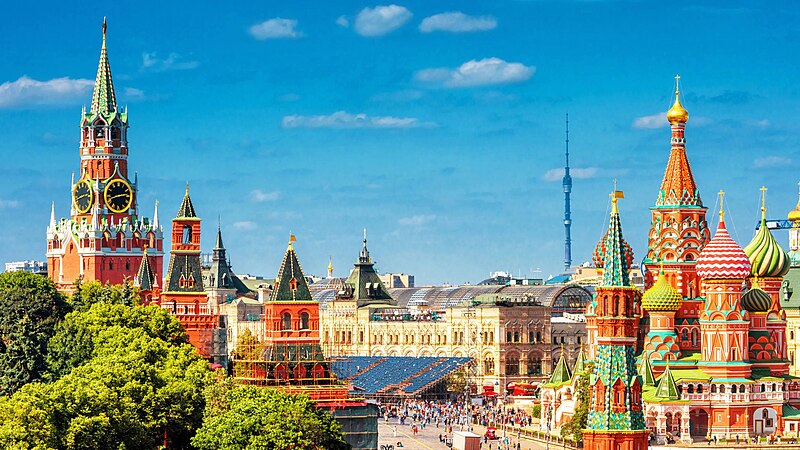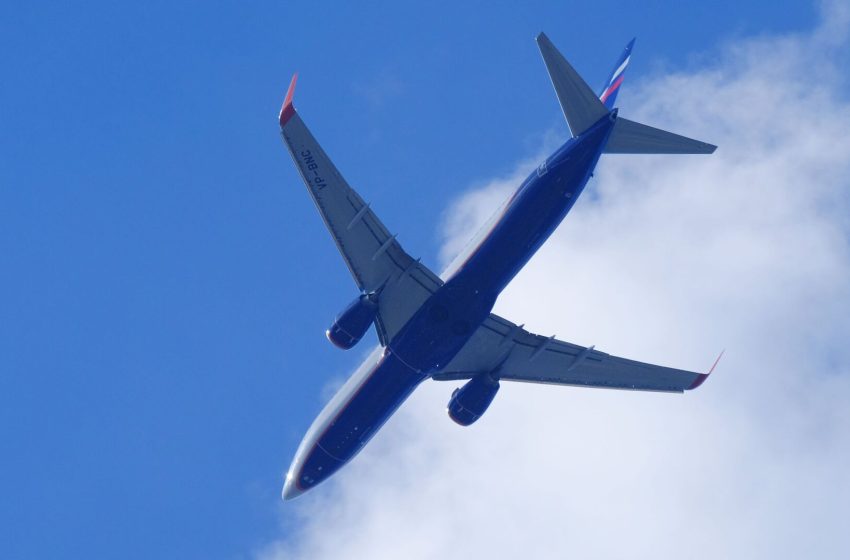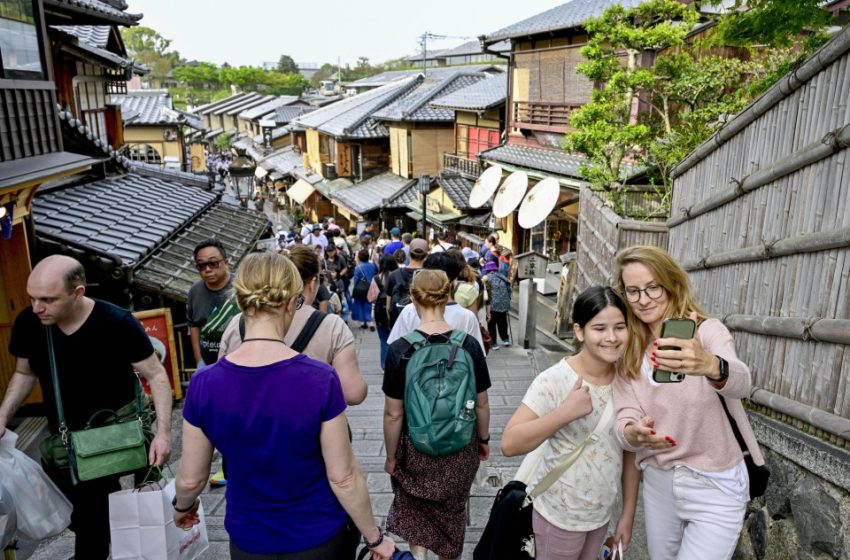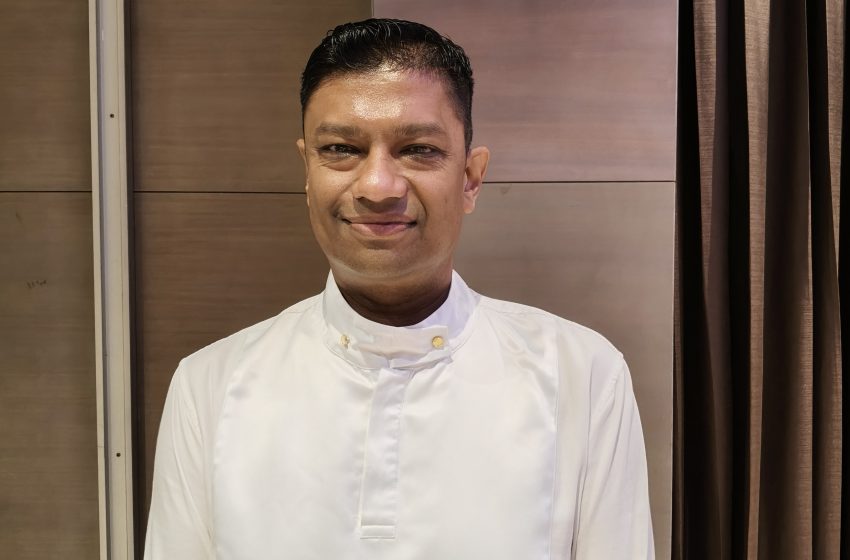With over 1.2 million visitors recorded in the first seven months, for the anticipated peak season Oct-Nov-Dec windfall, Sri Lanka Tourism is confident of achieving its target of 2.3 million tourists for 2024. Chalaka Gajabahu, Chairman, SLTPB (Sri Lanka Tourism Promotion Bureau), spoke to Shayan Mallick in an exclusive chat.
After a tumultuous few years that started with Easter Sunday bombings in 2019, followed by Covid-19 pandemic and lastly, the economic crisis of 2022, Sri Lanka is finally set to dominate the travel charts once again.
The island nation looks comfortable to achieve its target of 2.3 million international tourist arrivals, and USD 4.6 billion in tourism revenue during 2024. Sri Lanka had registered its record tourism year in 2018 when international tourist arrival surpassed 2.3 million visitors for the first time.
At over 99.9%, Sri Lanka had nearly achieved its 2023 arrival target of 1.5 million that came slightly undone because of geopolitical exigencies like the Russia-Ukraine war and more recently, the crisis in Israel.
“Sri Lanka missed the target by a mere 10,000 visitors because of the two ongoing wars, or we would have jumped the target of 1.5 million because we were getting lot of tourists from these countries as well”, believes Chalaka Gajabahu, Chairman, Sri Lanka Tourism Promotion Bureau (SLTPB). He spoke recently to TravelBiz Monitor, in an exclusive chat, on the sidelines of an award function in New Delhi.
“This year, our target is to reach 2.3 million tourists which are also our best numbers from 2018. We have already received over 1.2 million visitors in the first seven months. But don’t forget that, especially for the European market, the winter season is coming. October, November and December months are going to be very big. We are expecting about 700,000 to 750,000 visitors within these three months alone, that’s excluding the visitors for the August and September months. So I am pretty confident that we will achieve our target of 2.3 million figures,” he added.
Gajabahu also pointed that Sri Lanka’s tourism source markets are diverse and they are keen to maintain it that way. “India has always been our number one market. It was our number one market in 2023, and this year as well. We want it to grow to all categories of visitors. India will be our top market for a long time to come and we want it to be. However, Sri Lanka is a very neutral country. Whether it is India, China, Russia, the UK, France, Germany or the US, we are very welcoming to tourists from across the world.”
Commenting on the turnaround, the SLTPB head pointed, “We went through a very troublesome period before 2022 for five years! When you go through an economic crisis with long queues for essential commodities like food, medicines and petrol, no one wants to visit that country. But, in the past two years, with all that we have done, not only in India but globally, with road shows, promotions and influencer campaigns like ‘Seeing is Believing’, we are now in the top five travel indexes, wherever in the world, from the Fortune to the Forbes, and lot of other such platforms.”
In June 2022, Sri Lanka, said Gajabahu, became the first country to come to India to do the roadshow and also “India was the first country we went to because we knew that India was our next door big brother. It was the market we knew very well that we can handle, and I must admit that all the associations, especially TAAI (Travel Agents Association of India) and Jyoti Mayal came forward to help and committed to bring tourists to Sri Lanka.” TAAI organised its 67th Annual Convention in Sri Lanka last year themed around regional tourism promotion.
Furthermore, under its influencer campaigns like ‘Seeing is Believing’, Sri Lanka hosted no less than 200 global journalists and social media influencers in the last one and half years, earning the island nation receive a lot of positive coverage across the globe that gave a huge fillip to its destination image. Recently, Times of India rated Sri Lanka as the second ‘Most Popular Travel Destination in Asia.’ It was also voted as one of the safest countries for the single women travellers.
“There are many good things happening in Sri Lanka, and we hope to continue the momentum,” said Gajabahu.

